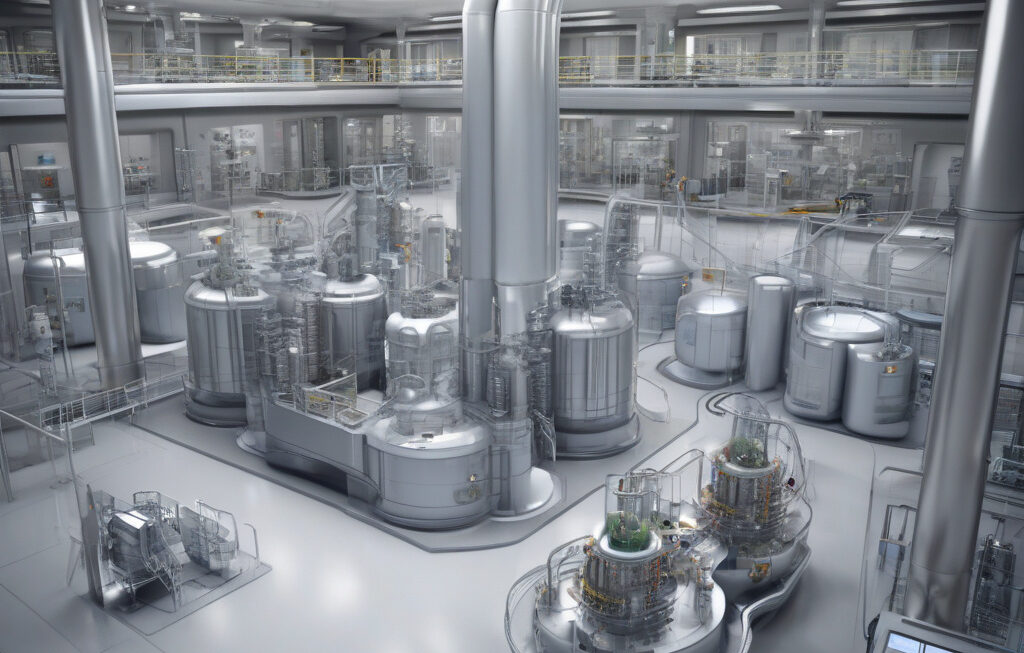Solar-powered ‘artificial plant’ purifies radioactive soil by 95% in 20 days
A research team has successfully developed and tested a solar-powered artificial plant that can rapidly purify radioactive soil by an impressive 95% in just 20 days. This groundbreaking innovation holds remarkable potential for addressing environmental contamination issues and revolutionizing the field of phytoremediation.
Phytoremediation, a process that uses plants to remove pollutants from the environment, has long been explored as an eco-friendly solution to soil remediation. However, traditional phytoremediation techniques often involve time-consuming processes and may not be efficient enough to tackle highly contaminated sites. The emergence of this solar-powered artificial plant marks a significant advancement in the quest for more effective and sustainable remediation methods.
The artificial plant, equipped with solar panels to harness energy from the sun, is designed to mimic the natural process of phytoremediation while significantly enhancing its speed and efficacy. By absorbing contaminants from the soil through its roots and breaking them down within its stem and leaves, the artificial plant accelerates the remediation process to unprecedented levels. The use of solar power not only ensures energy efficiency but also minimizes the carbon footprint of the remediation operation.
In a recent field test conducted in a highly contaminated area, the solar-powered artificial plant demonstrated its remarkable capabilities by reducing the level of radioactive substances in the soil by 95% within a mere 20-day period. This rapid and efficient purification process far surpasses the performance of traditional phytoremediation methods, offering a promising solution for addressing urgent environmental challenges.
The implications of this innovative technology are profound, with the potential to revolutionize soil remediation efforts in areas affected by radioactive contamination. By harnessing the power of solar energy and biomimicry, researchers have unlocked a sustainable and efficient means of restoring polluted soil to a healthier state. Furthermore, the scalability of this artificial plant technology opens up possibilities for large-scale remediation projects that were previously deemed unfeasible.
Beyond its environmental benefits, the solar-powered artificial plant also highlights the power of interdisciplinary collaboration in driving scientific innovation. Bringing together expertise from fields such as biotechnology, renewable energy, and environmental engineering, the research team behind this project has exemplified the potential of cross-disciplinary approaches in solving complex problems.
As we look towards a future where environmental sustainability is of paramount importance, advancements like the solar-powered artificial plant offer a glimpse of what is achievable through ingenuity and scientific progress. By harnessing the natural processes of plants and the renewable energy of the sun, we may find solutions to some of the most pressing challenges facing our planet today.
In conclusion, the development of a solar-powered artificial plant that can purify radioactive soil by 95% in just 20 days represents a significant milestone in the field of environmental remediation. With its potential to revolutionize phytoremediation practices and provide a sustainable solution to soil contamination, this innovative technology paves the way for a greener and cleaner future.
#Phytoremediation, #SolarPower, #EnvironmentalInnovation, #SoilRemediation, #ScientificProgress












